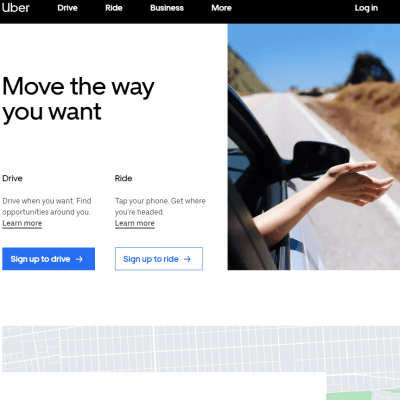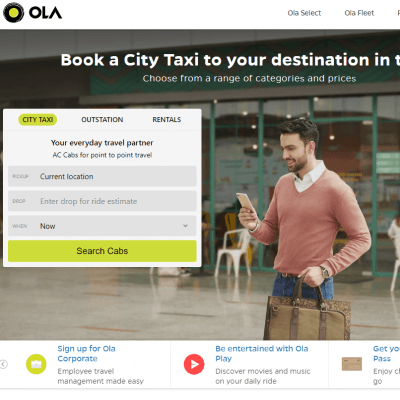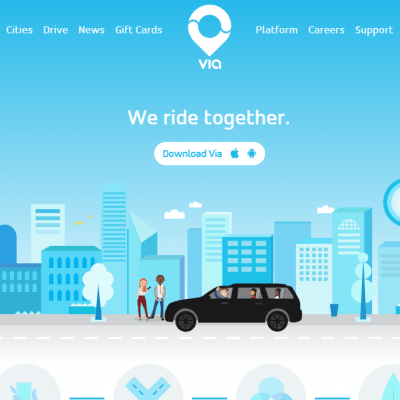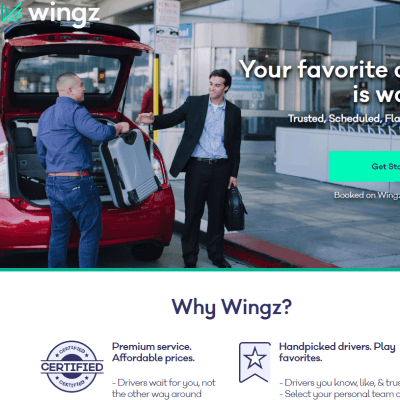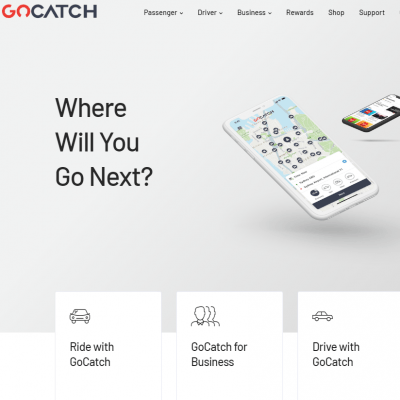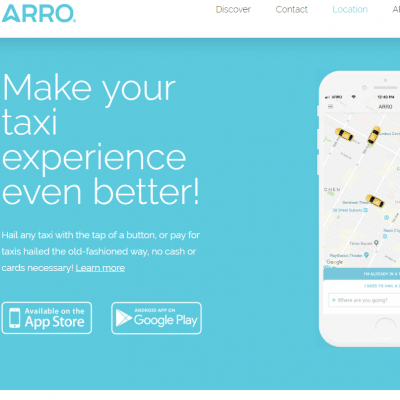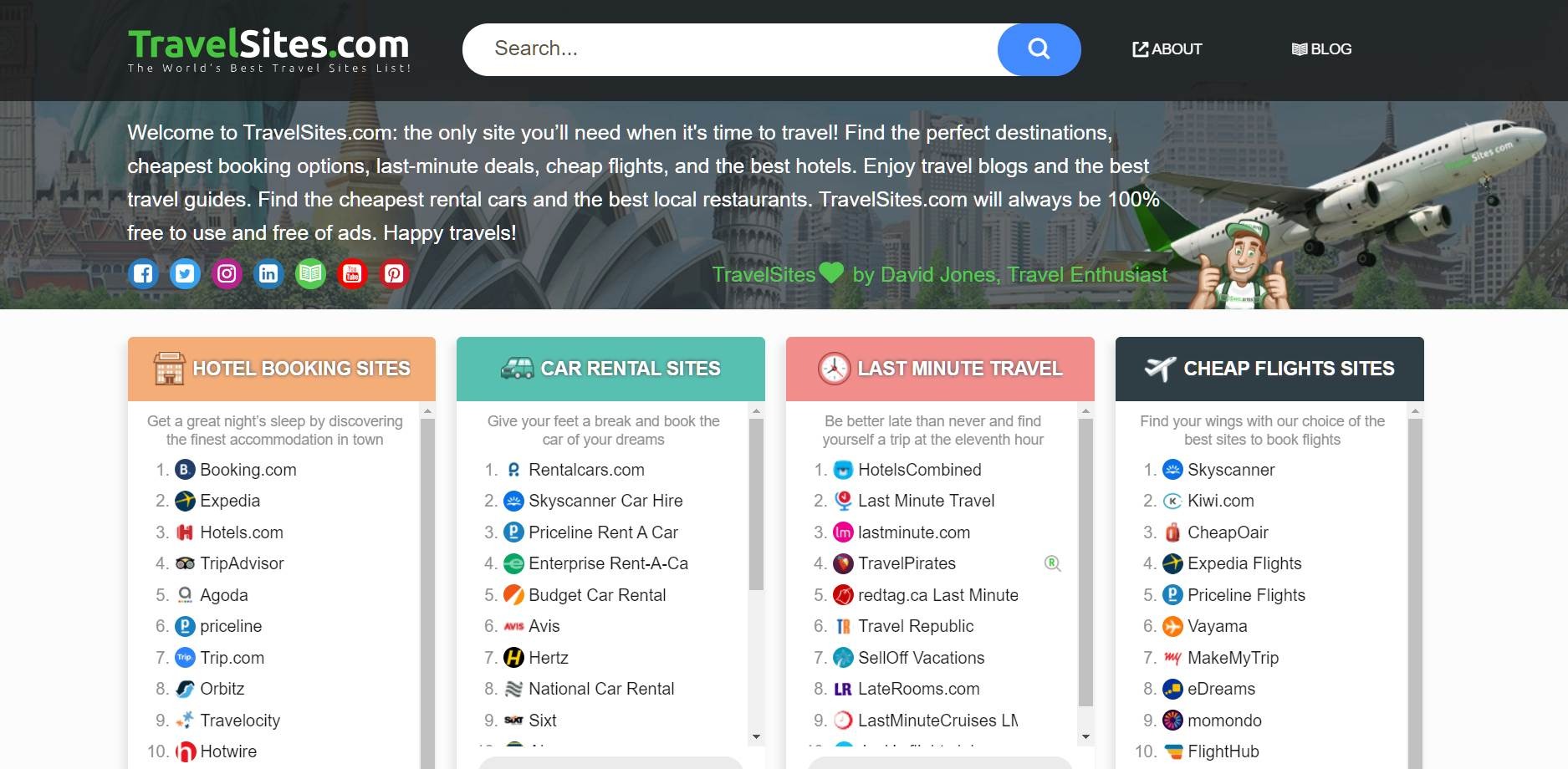Rideshare
Travelling by taxi has been a simple and convenient means of getting about since the arrival of cars. Not only does it mean you can avoid the hassle and the crowds of the metro, you can request to be dropped off at the precise location you need to be at, which becomes particularly useful when you’ve got heavy bags or if the weather has taken a turn for the worse. However, hailing a taxi in a foreign country is not always an easy task, especially if it’s late at night or you lack knowledge of the local language. Not only that, but taxi drivers can often take advantage of tourists’ lack of knowledge when it comes to the local currency or the general price of goods and services, leading to them charging higher prices or taking longer routes for the journeys.
With all that in mind, we’ve compiled a list of the top ten ride-sharing smartphone applications available worldwide. Ride-sharing apps are a relatively new concept that allow users to hail taxis at the click of a button and pay directly via the platform with your card. You can easily find cabs near you, track location, find estimated prices and see reviews, regardless of the local language, all for free (minus the cost of the journey). Rides are often far cheaper than traditional taxi companies and you can usually select from a range of different vehicles, be it a hatchback or a minivan. In creating the list, we reviewed each different platform, picking out each one’s highlights, what makes it unique and its potential drawbacks. With so many similar platforms now available, it can be difficult to know which one is best to use, hence we took into account a range of factors to ensure that only the best were selected. The pros and cons are also listed in an easy-to-read set of bullet points below each review.
One of the first factors that was assessed when reviewing the ride-sharing apps was the range of vehicles available in the platform. When hailing taxis the traditional way in cities – for example yellow cabs in New York – the range of options is limited to mostly four-seater cars. With ride-sharing apps, however, there is in most cases the choice between a wide array of premium cars on top of the more traditional vehicles. Lyft offers up to five different types of car, including XL, Lux Black and Lux Black XL, while Olacabs allows users to book E-ricks or bikes. This variety not only makes travelling from A to B more interesting than normal, it also allows people to get about in a way that suits them, rather than simply opting for the first convenient taxi that comes along. This can become especially useful when travelling around in a big group and a minivan would be better than hiring two or more separate cars, as well as being significantly cheaper. For that reason, we first examined how many options of vehicle the app offered.
Another important aspect that was taken into account was the safety and efficiency of each service. One of the issues with allowing anyone to register as a driver is that they do not necessarily have to undergo the same rigorous tests and background checks as those who drive traditional taxis. Although the review system – in which verified customers can leave a rating and, in some cases, a comment on their experience with the driver – ensures that bad drivers will be prohibitied from offering their service, there have still be reports of problems between drivers and riders. Lyft, for example, pride themselves on their passenger safety, which involves each driver undergoing a series of screening processes that includes a criminal background check that goes back as far as seven years, as well as a strict zero-tolerance towards alcohol and drugs. Olacabs, meanwhile, includes in its app a number of safety features, such as an emergency alert button should you feel uncomfortable while travelling and live ride tracking so that others can check that you are en route to your destination. Although these does not guarantee total safety, they help passengers feel more assured that who they are travelling with will get them to their destination without any issue. That being the case, when reviewing each service, we made sure that each one had appropriate safety measures in place in order to recommend platforms that were safe to users, while those that were less rigorous were placed lower in the list.
Surge pricing was also factored into the reviews as this can make the difference between a cheap ride and an expensive one in comparison to traditional taxi companies. Surge pricing
is a aspect of many ride-sharing apps and means that at times of high the demand, the cost of a trip with increase accordingly. For example, a journey that would normally cost $5 USD may surge to $8 USD if there was an increase in demand for taxis due to an event or adverse weather conditions. Companies such as Uber and Cabify implement this, with Cabify’s ‘Primetime Pricing’ causing journeys to suddenly and unexpectedly increase should lots of people order a taxi at once. This can make the service initially appear cheaper, however will end up being more expensive than an established taxi company that will usually have fixed prices for journeys. Wingz, on the other hand, allows customers to book weeks in advance and will never apply surge pricing, meaning the price you see is the price you will pay. This makes the service far more transparent than one that will increase the price at a moment’s notice, and was therefore an important factor that was considered when reviewing the various platforms.
Finally, we looked into the perks and benefits offered by each service, particularly the initial promotions that the platforms often have in place to attract more customers. This included schemes that offer rewards to loyal customers for repeatedly using the same platform, as well as money off for recommending the service to a friend. ‘Via’ has in place a very successful ‘Refer A Friend’ scheme, in which users can send a unique code to their friends and family that can be used to get money off their first ride and, in turn, will give credit to the referrer for future journeys. Juno, meanwhile, offer customers in New York a launch discount that gives them 30% off journeys around the city. This makes travelling with Juno far cheaper than going with a yellow cab and gives people an alternative to riding the subway. Singapore-based company ‘Grab’ even offer customers perks such as cinema tickets and discounts on air travel should they make a sufficient number of trips using the app. This differs significantly from traditional taxi companies, who treat each rider as if it is their first trip using the service. Hence, these factors were taken into account when writing the reviews of each ride-sharing platform.
Overall, this list provides the best selection of ride-sharing mobile apps from among thousands, combining all of the above features to single out only the top ten. Traditional taxi companies have been largely fallen into the antiquity in the last few years due to the arrival of these apps, and for good reason. They are not only cheaper, they also offer a more safe and secure service that can be accessed without having to find out the number of the local taxi company when stranded in a foreign country late at night. Whether you’re after a short trip from the airport to your hotel or a long trip across the city, you are sure to find the right app to suit all your preferences, with the ability to select from a wide range of different vehicles in all shapes and sizes.
